Nostalgic Technologies: Where Are They Now?
Remember the days when we didn’t have the freedom to walk anywhere we wanted while on the phone, for fear of ripping it off the wall? How about the times when we needed to carry calculators, diaries, telephones and notebooks all separately rather than in one handheld device? Or when we couldn’t add animations to our presentations, so we had to hand-draw them onto a piece of film and hope that people could read your writing?
It’s no secret that technology is developing faster than it ever has before. Indeed, the nineteenth century began a surge in mechanical and technological advancements, with inventions like the steam-powered locomotive, the bicycle, the telephone and - believe it or not - the dishwasher. But in the last 20 years, we have gone from complex fax machines, clunky mobile phones and spending far too much time trying to rewind a VHS, all the way to face and iris recognition, digital assistants like Alexa and Siri and putting a Tesla into space with David Bowie on repeat.
Yes, the past 20 years have seen the most advanced technological revolution to date, but it hasn’t quite wiped out everything we used to know and love in our daily life, way back when. For this blog, we’ve decided to delve into the days of our youth, remember the everyday tools that make us wince with nostalgia and ask ourselves: Where are they now?
THE FAX MACHINE
1865 - present
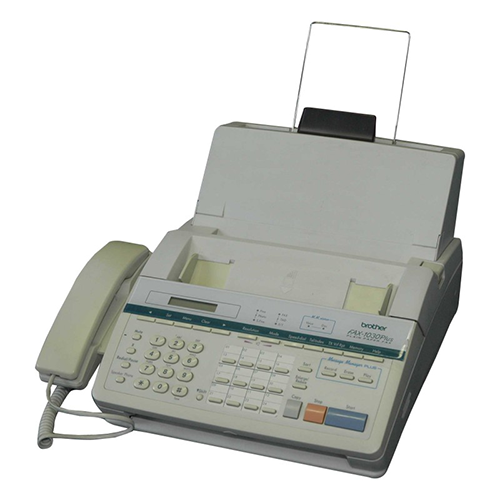
What are they?
Originally designed in 1846, the fax machine (or facsimile) was eventually developed and commercially presented by Italian physicist Giovanni Caselli in 1865. What would now be sent as a scan or an email attachment, the fax machine was the best method of transferring documents from A to B without actually having to leave your office.
Where are they now?
Aside from emails and attachments, fax servers are now the modern replacement for faxes in the majority of corporate environments (and easily identifiable by the funky dial-tone). So although they've seen a significant decline, freestanding fax machines have been saved from extinction as they are still heavily used within the NHS.
THE FLOPPY DISK
1971 - 2006
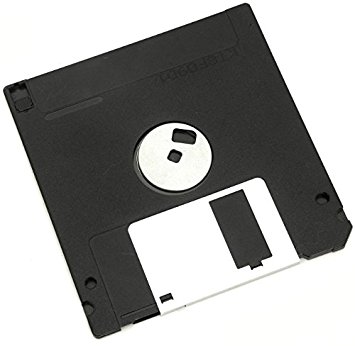
What are they?
Most probably known to our children as simply “the save icon”, the floppy disk was the original USB drive. Before the days where we could attach a tiny piece of plastic with a few GB of data to our keyrings, floppy disks were widely reliable for storing and transferring data and creating back-ups.
Where are they now?
By the early 1990s, increasing software size meant that one floppy disk would no longer suffice. A few floppy disks would later be replaced by one CD-ROM, and by the late 2000s, built-in floppy disk drives could only be found in 2% of store-bought computers.
VHS Tapes
1976 - 2008
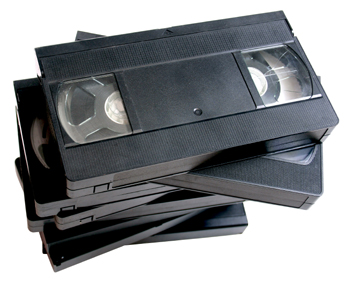
What are they?
From the 1950s, magnetic tape video recording became a major contributor to the television industry, before being introduced for home use by JVC in the 1970s. Not only was it used as a way to keep your favourite movies and TV shows at home, but the VHS was also a particularly popular tool in business for short-play content such as distribution of lectures and talks, demonstrations and teaching videos.
Where are they now?
Following the invention of the DVD and Blu-ray media, (and the ability to re-watch a programme without rewinding all the way back to the beginning), thus began the decline of the VHS. Although they have since been discontinued within the US and Europe, VHS have remained a treasured part of common nostalgia and can still be found on online retailers.
OVERHEAD PROJECTORS
1853 - 2000s
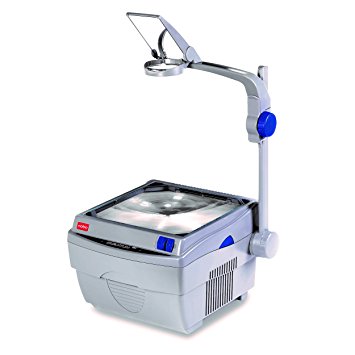
What are they?
Before the days of interactive whiteboards and animated PowerPoint presentations, the overhead projector was a trusty presentation method in the business conference room. While we could have no flashing stars or dancing text, overhead projectors were a trusty tool to display text, images or incentives to the masses.
Where are they now?
Once a common fixture in classrooms and meeting rooms, technology was soon to advance to a display that was a little bit sharper. When user expectations exceeded a fuzzy, overhead projection, display technology eventually integrated into a modern video projector with a clearer optical focus, and alas, the transparent sheets that were once so covered in fingerprints were no more.
CASSETTE TAPES
1963 - present
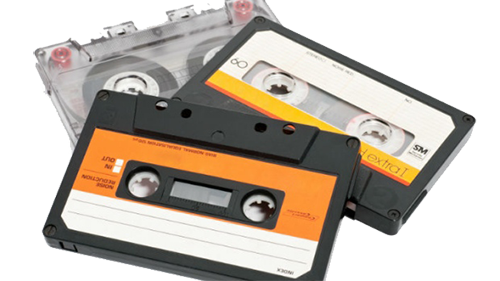
What are they?
Originally created for dictation machines, the cassette tape was quickly developed into one of the most common formats for pre-recorded music. Although it was a popular (and re-recordable) alternative to the 12-inch vinyl LP, cassette tapes were later elevated further by the mass production of blank tapes, promising a useful tool for recording anything from interviews to meetings to popular music.
Where are they now?
Shortly after their peak in the 1980s, the cassette tape was quickly abandoned for the more practical Compact Disk. Although they’re not particularly ideal in a business environment anymore, much like the VHS, tapes have been rescued from extinction because of their nostalgic value and can still be found online or in alternative stores like Urban Outfitters.
PAGERS
1949 - present
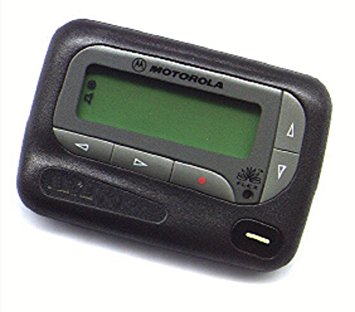
What are they?
If your career doesn’t quite stem back to the pre-mobile phone era, you may recognise these by Ross’ 55-JIMBO mix-up in Friends. Used as a wireless telecommunications device that would receive and display messages, pagers could be used either as a way to receive urgent messages, or the two-way pagers could also acknowledge and respond to any notifications.
Where are they now?
Once we reached the 21st century, the widespread availability of mobile phones and smartphones quickly diminished the pager industry, and rendered them null and void for the majority of businesses. Nevertheless, pagers continue to be used by some emergency services and public safety personnel, because paging systems can actually be more reliable than terrestrial-based networks during natural and man-made disasters.
NOKIA 3310
2000 - present
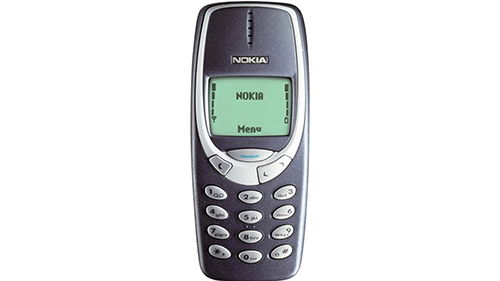
Source
What are they?
Arguably one of the most recognised phones ever built, we couldn’t possibly do a nostalgia post without the only phone ever created what didn’t fill the owner with a sense of panic when they saw it falling towards the floor. Combined with a sturdy build, unparalleled battery life and the world’s most beloved mobile game, Snake, the Nokia 3310 earned a cult status due to its durability. In fact, in November 2015, the Nokia 3310 was chosen as one of the first three “National Emojis” for Finland, and is referred to as “The Unbreakable.”
Where are they now?
Several adaptations of the 3310 were released post-2000, but although the smartphone era quickly dissolved the desire for a “less-techy” mobile, the Nokia 3310 remained a beloved timepiece. That was, until 2017, when our nostalgic dreams came true and the 3310 was modernised and re-launched by a Finnish manufacturer for €49.00.
Alas, as we write this blog on a computer that’s come a long way from Windows 95, it’s time to return to the present. Sure, 1998 seems like yesterday and a thousand years ago all at the same time, but where will we be in 2038? Reminiscing over the days without hover cars and robots, most likely.
